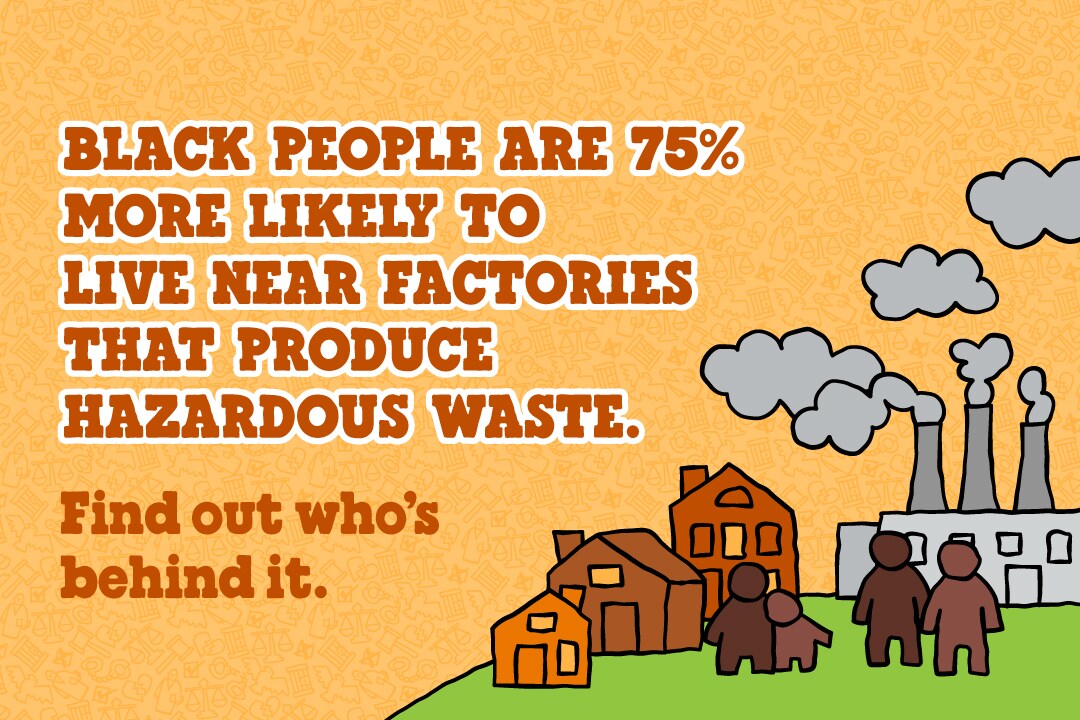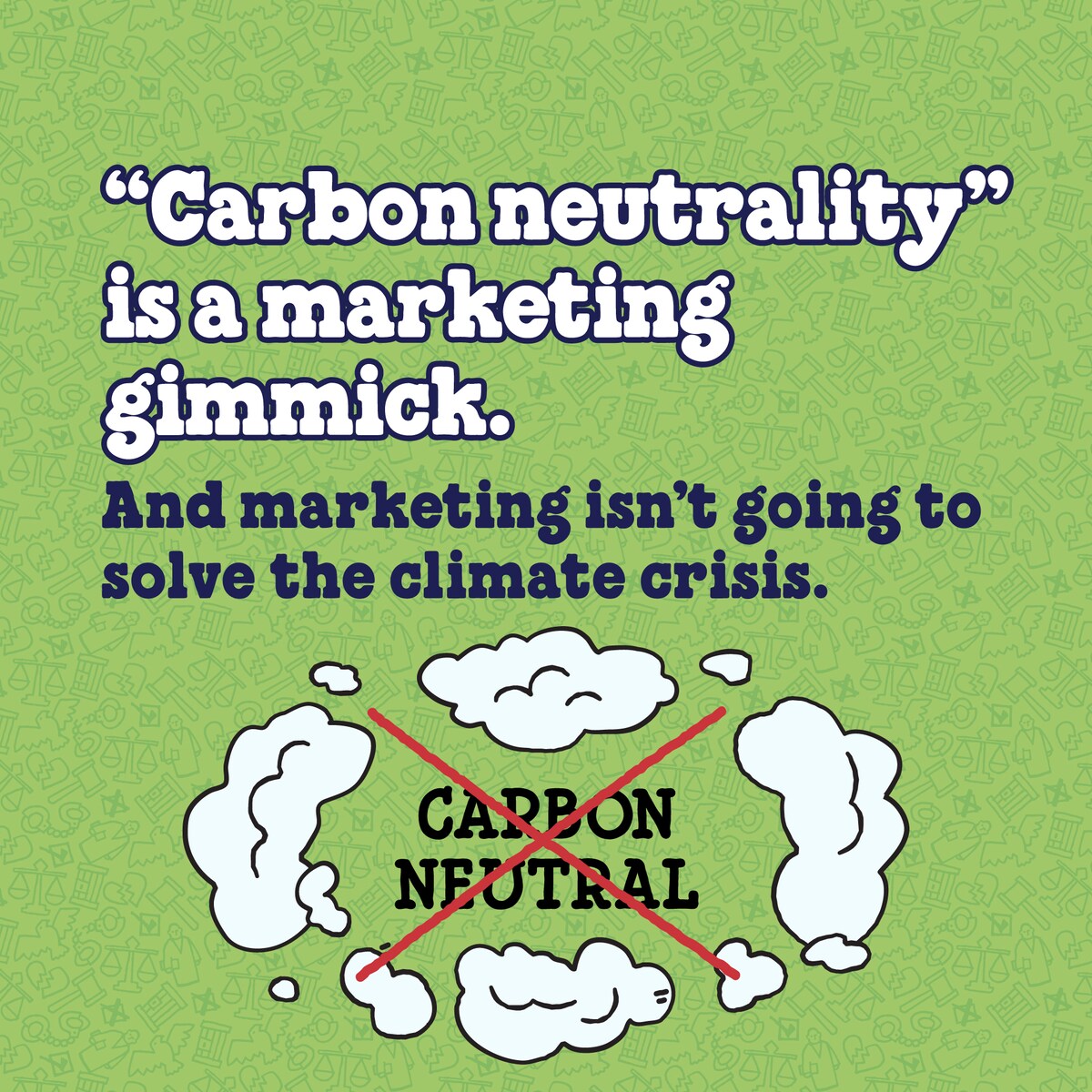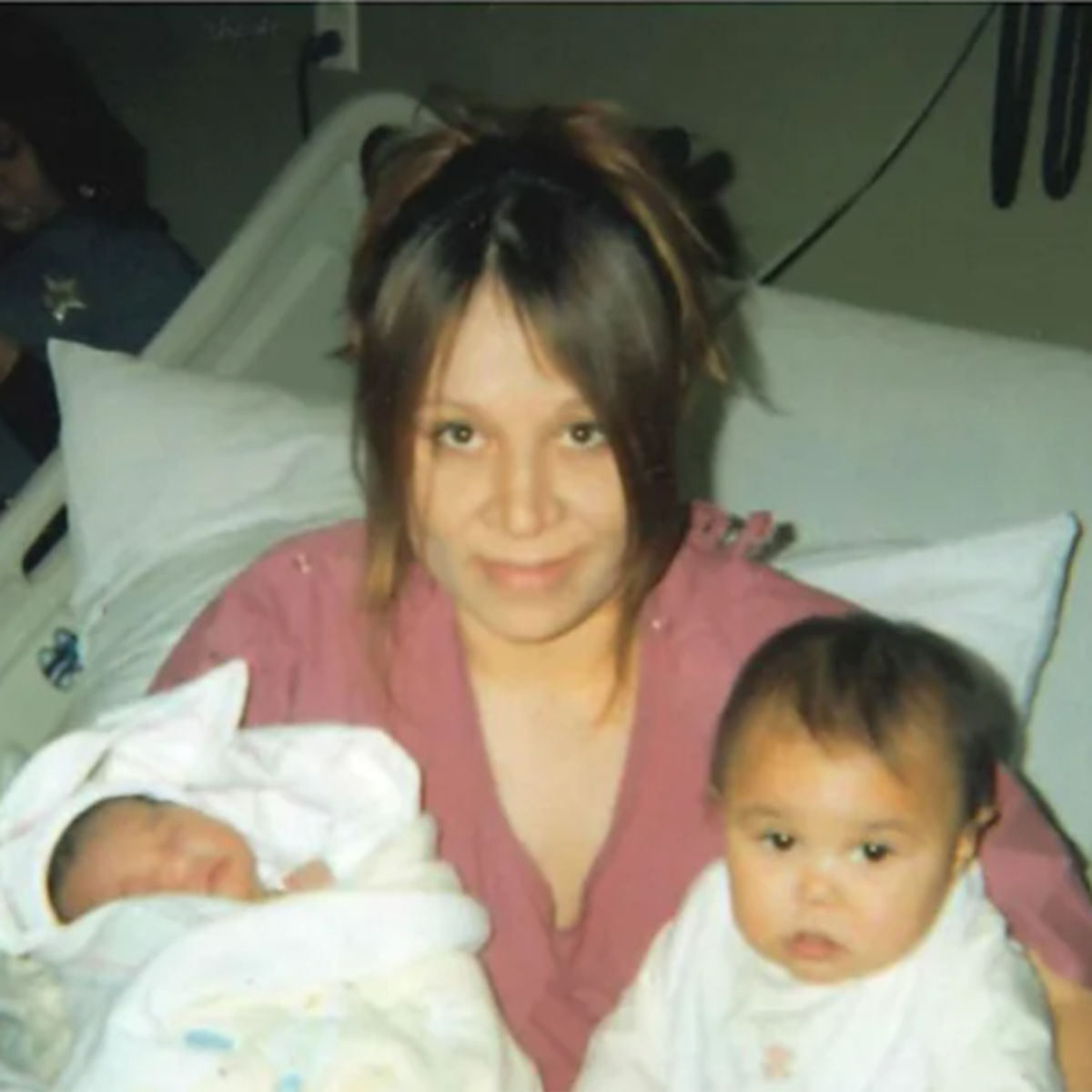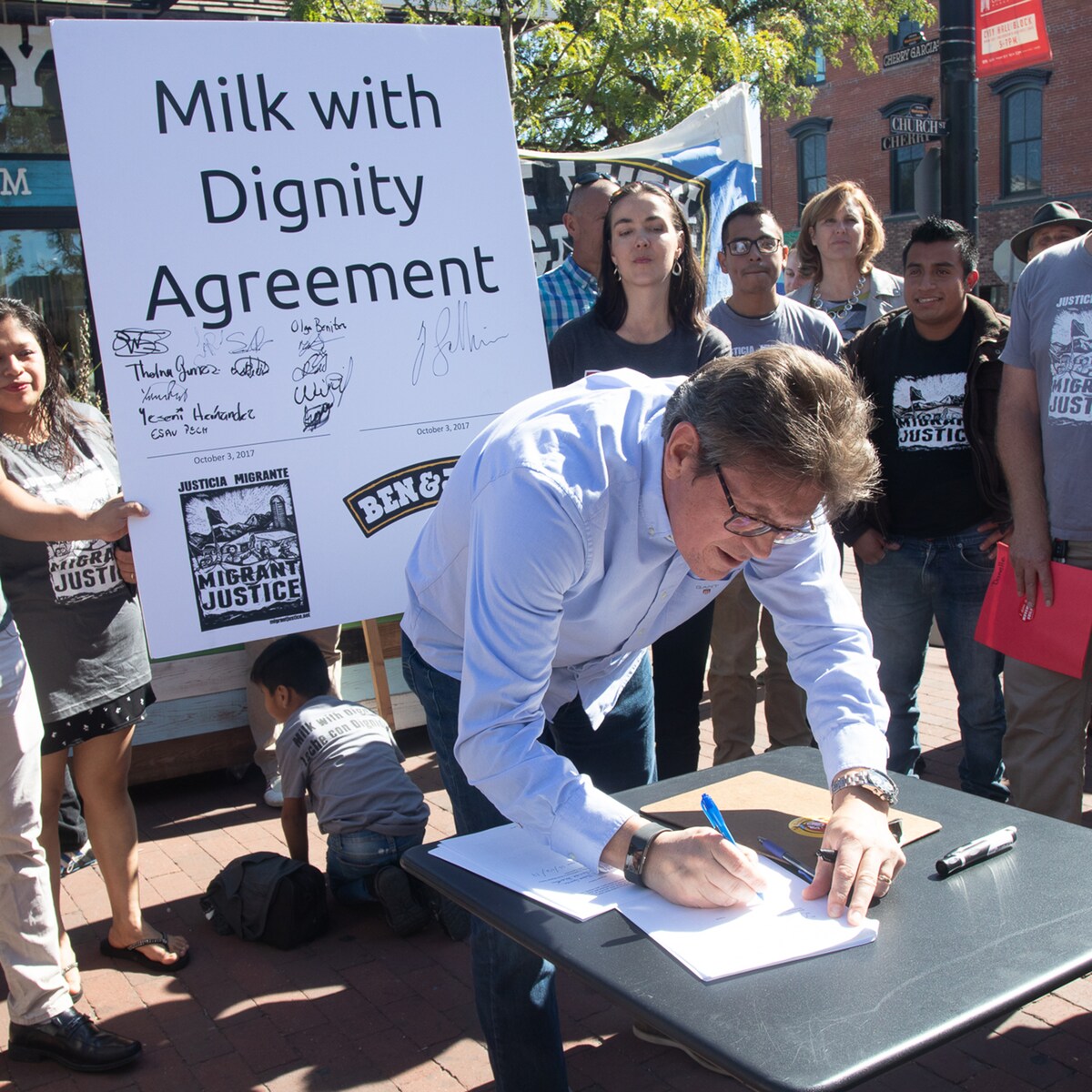
Racism Is In the Air We Breathe: Why Pollution Disproportionately Impacts People of Color
Think it’s an accident that Black people are 75% more likely to live near facilities that produce hazardous waste?
It’s not.
Here’s how it happened, who’s behind it, and what we can do about it.
A Global Addiction to Plastic
The garbage patch in the Pacific Ocean. Microplastics in our bloodstreams. Single-use plastics polluting just about every inch of our planet.
The examples go on and on. Plastic is everywhere and has done enormous harm to the planet. But plastics don’t just pollute when they get thrown away—they pollute from the very beginning, when they’re made.
Plastics are most often made from fossil fuels, like crude oil and natural gas. The process that turns those materials into plastics is extremely harmful to the environment, as well as to people who live near petrochemical factories and other facilities where plastics are made.
Houston, We Have a Big Problem
The Houston Ship Channel is one of the biggest petrochemical/plastic-production complexes in the world. Waves of toxic, cancer-causing chemicals regularly drift across the highways toward nearby neighborhoods, often without notice from companies.
The plastics industry, of course, says all is well. But try telling that to the primarily low-income, Black and Brown residents of those neighborhoods, especially when studies show that there’s a 56% increased risk of leukemia for kids who live there. Kids in Houston’s historically Black Fifth Ward and Kashmere Gardens neighborhoods contract leukemia at a rate 5X higher than the state average!
Toxic Racism
Houston is just one example of a widespread problem. So, how did we get here?
Let’s start with redlining, a racist federal policy that established and perpetuated segregation across the country and denied homeownership to Black people. It led to less money being invested in Black neighborhoods, which led to lower property values, which led to companies buying up land for cheap to build things like plastic-production factories that would have never been built in white communities.
Redlining was technically made illegal decades ago, but that certainly didn’t put an end to racism in the real estate market. Exclusionary racist practices persist in many local zoning regulations, which makes it easier to build factories, chemical plants, and other polluting facilities in communities of color.
Killer Air Quality
According to one recent analysis, the more people of color who live in a neighborhood, the higher the air pollution levels are likely to be. Professor Robert Bullard, who teaches at Texas Southern University, located in central Houston, explained it this way: “In our society, people of color are given the least value.”
How bad is this problem? Bad. Like, really bad.
- Black people are 75% more likely than other Americans to live near facilities that produce hazardous waste.
- Majority Black and Brown communities are exposed to about 40% more cancer-causing industrial air pollution than areas where residents are mostly white.
- The estimated cancer risk from toxic air pollution in those places is more than 2X that of majority-white communities.
“Sacrifice zones,” is what one Texas activist calls neighborhoods like those Black and Brown communities near the Houston Shipping Channel. People in those communities pay the price for the global addiction to plastic.
Pollution’s Impact on Health
To be clear, the damage done by pollution isn’t limited to lower-income communities within coughing distance of industrial facilities. Systemic racism is so pervasive in America that Black people are subjected to higher levels of air pollution than white people no matter what their level of income.
The persistence of pollution in so many Black communities has led to a number of serious health impacts, including an increased risk of:
- Lung diseases, like asthma
- Heart disease
- Cancer
- Premature death
We saw the effects of these racial disparities unfold in real time during the pandemic, as Black and other communities of color suffered disproportionate illness and death from COVID-19.
Compounding the problem, decade upon decade of disinvestment (see that section on redlining above) has left these same communities with fewer resources, like health insurance and medical facilities, to address the damage chronic pollution has done to their health.
Cleaner Air On Its Way?
OK, so that, obviously, was the bad news. But there are some signs of clear, or at least clearer, skies on the way. Two recent decisions by the Biden administration provide hope that change is coming.
- The Environmental Protection Agency (EPA) issued a new rule that will significantly lower toxic air pollution from chemical plants, reducing the number of people with elevated cancer risk in nearby communities by 96%
- The EPA also imposed new regulations on coal-burning power plants, placing stricter limits on toxic pollution and forcing them to lower greenhouse gas emissions by 90% by 2039
End Environmental Racism Today
How much longer are we going to say as a country that it’s OK for polluting industries to poison Black and Brown kids?
President Biden promised to crack down on toxic pollution and environmental racism. Those new EPA regulations are a good start, but we need to keep the pressure on!
Interested in hearing from a grassroots organization that’s been leading the charge for clean air? Follow our friends at RISE St. James, who are working tirelessly to stop the construction of a mega-polluting petrochemical plant in their Louisiana parish.



